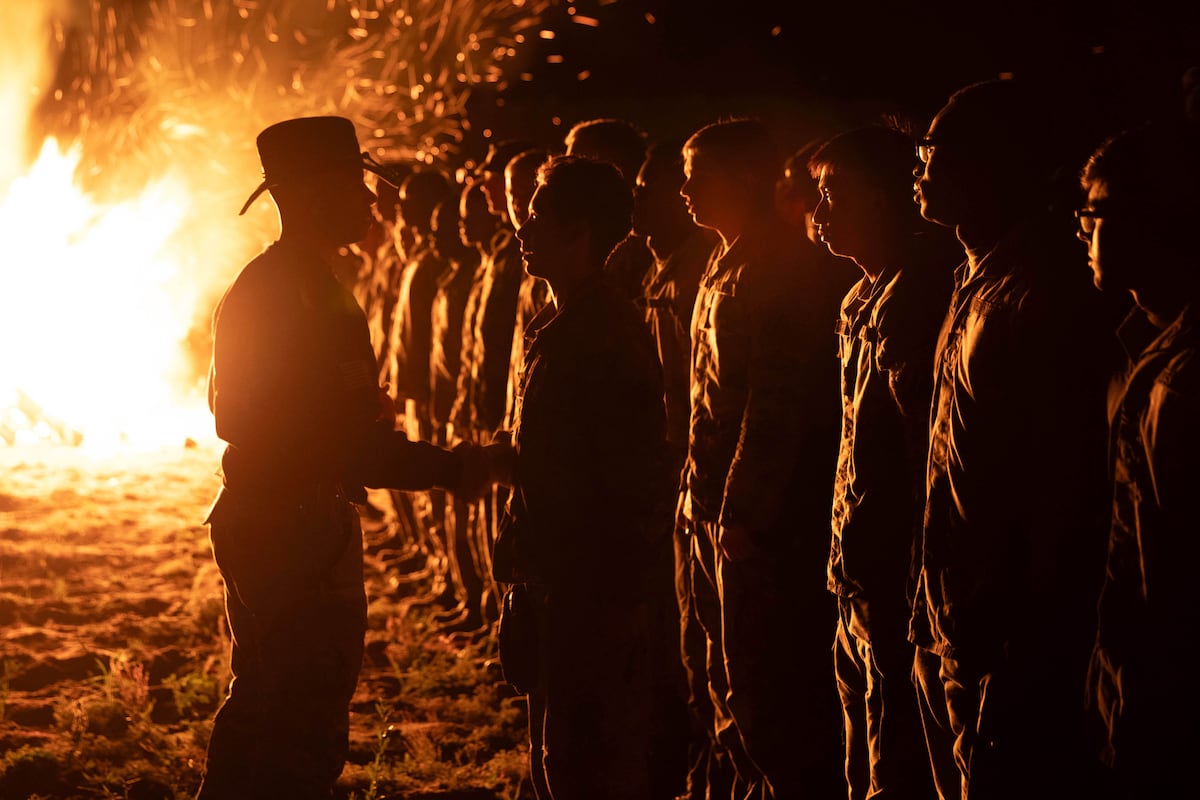Adaptations in Artillery and Drone Warfare: Insights from the French Army
Weather’s Impact on Modern Warfare
A recent French Army artillery demonstration at Camp de Canjuers illustrated the vulnerabilities inherent in contemporary military operations—particularly how adverse weather can impact combat capabilities. While artillery units remained operational despite heavy rain, unmanned aerial vehicles (UAVs) faced grounding due to poor visibility and storm conditions. This situation parallels the tactical lessons learned in Ukraine, where Russian forces have strategically aligned their mechanized offensives with inclement weather, as noted by various defense analysis bodies.
The Demonstration’s Context
Unexpected precipitation hampered a showcase organized by the French Army, in collaboration with arms manufacturer KNDS. The event aimed to highlight advancements in unmanned systems and artillery technology, featuring several international military representatives. The downpour not only restrained the deployment of drones and helicopters but also complicated logistical operations, illustrating how weather can hinder comprehensive military exercises.
Evolution of Artillery as a Dominant Force
The 35th Parachute Artillery Regiment is at the forefront of adapting artillery capabilities to a drone-centric battlefield, employing mobile 20mm guns, defensive nets, decoys, and electronic jamming devices to safeguard their howitzer and mortar units. Lt. Col. Renaud Durbecq, the Regiment’s operations and training chief, emphasized the renewed significance of artillery, noting that their systems enable strikes beyond the operational range of most drones.
- Key Points:
- Artillery guns like the Caesar 155mm howitzer remain crucial for long-range engagements.
- Efforts to enhance drone acquisition and operational integration are rapidly advancing. For instance, the regiment has quintupled its drone inventory, tripled its number of operators, and doubled flight time within the span of a year.
Advancements in Drone Integration
The regiment employs the Delair DT46 drone for intelligence and target acquisition, complementing its arsenal with various drone types for reconnaissance and strike missions. The introduction of this drone configuration has streamlined the intelligence cycle, enabling immediate response to target acquisition.
- Future Plans:
- An increase in DT46 drones is projected to further bolster operational efficiency.
- The 35e RAP is also experimenting with the Proteus anti-drone cannon, which adds a counter-unmanned aerial system (C-UAS) capability.
Tactical Innovations Inspired by Ukrainian Conflict
The war in Ukraine has prompted tactical shifts within the French Army. Notably, artillery units are now:
- Prepositioning Ammunition: Store rounds and propellant charges at forward positions to mitigate the risks posed by remotely-operated munitions targeting supply trucks.
- Optimizing Mobility and Resupply: While immediate mobility has become less critical, maintaining the agility to resupply ammunition remains imperative, particularly for the Caesar’s operations.
According to Olivier Fort, formerly an artillery colonel and now at KNDS, the attrition rates reveal essential patterns; around 75% of artillery units in Ukraine have faced destruction due to advanced drone warfare. Fort noted that artillery systems with exterior load configurations, like the Caesar, face significantly lower risks than those with onboard ammunition.
The Importance of Operational Resilience
The evolving landscape underscores a pressing need for combat mass and preparedness. The regiment is actively preparing reserves and reestablishing mortar support teams across infantry divisions.
Training Enhancements:
- The 35th Parachute Artillery Regiment is engaged in comprehensive six-week training deployments to ensure readiness for prolonged engagements on the battlefield.
Conclusion: Aligning Systems with Modern Warfare Dynamics
Lt. Col. Durbecq expressed satisfaction with the Caesar artillery system, citing its blend of mobility, reach, and destructive capability, reflective of insights garnered from battlefield feedback. He noted a requisite for reliability in operational deployments, emphasizing that the future success of artillery systems depends on their adaptability and resilience amidst shifting warfare paradigms. The lessons from Ukraine continue to shape tactical developments within the French Army, suggesting a broader transformation across modern military strategies.





